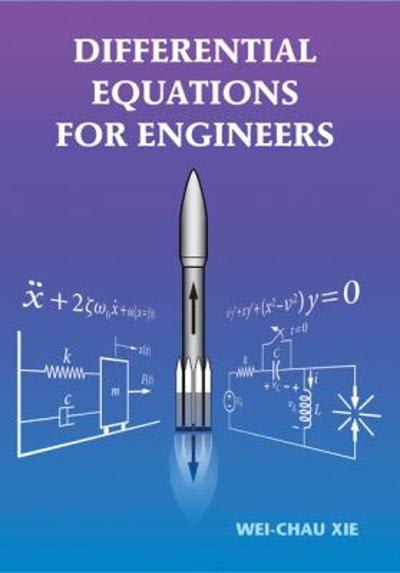Answered step by step
Verified Expert Solution
Question
1 Approved Answer
6.1.11 The following data are the joint temperatures of the O-rings (F) for each test firing or actual launch of the Space Shuttle rocket motor
6.1.11
The following data are the joint temperatures of the O-rings (F) for each test firing or actual launch of the Space Shuttle rocket motor (from Presidential Commission on the Space Shuttle Challenger Accident, Vol. 1, pp. 129-131): 84, 49, 61, 40, 83, 67, 45, 66, 70, 69, 80, 58, 68, 60, 67, 72, 73, 70, 57, 63, 70, 78, 52, 67, 53, 67, 75, 61, 70, 81, 76, 79, 75, 76, 58, 31.
Compute the sample mean and sample standard deviation and construct a dot diagram of the temperature data.



Step by Step Solution
There are 3 Steps involved in it
Step: 1

Get Instant Access to Expert-Tailored Solutions
See step-by-step solutions with expert insights and AI powered tools for academic success
Step: 2

Step: 3

Ace Your Homework with AI
Get the answers you need in no time with our AI-driven, step-by-step assistance
Get Started


